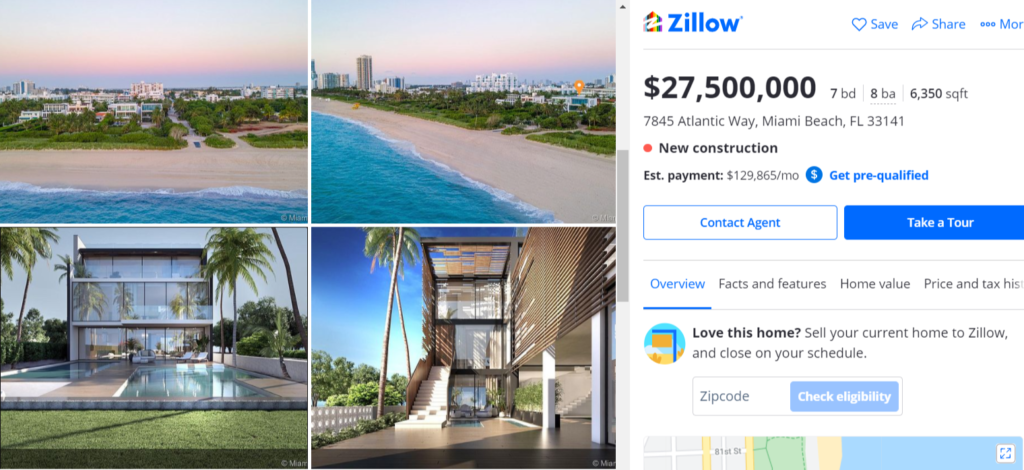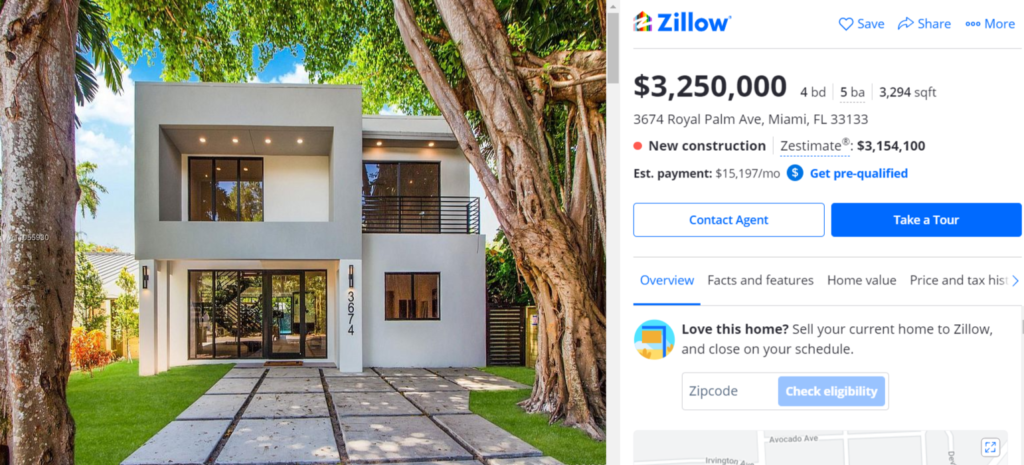Another benefit of living on a higher floor generally is the greatly reduced incidence of pests and vermin, which New Yorkers are sadly accustomed to.
Being on a high floor, especially on the generally cleaner oceanfront, means you won’t have to worry about mosquitos, cockroaches and other vermin. The combination of steady breezes and altitude means flying pests generally can’t make it to your balcony.
Lastly, living on the beach means you’ll actually make it out to the beach more than once or twice a year. Without direct beach access, going to the beach becomes a trip for most people, meaning they’ll have to plan, pack and then travel to the beach. It becomes quite an ordeal when you see these poor souls lugging umbrellas and beach chairs on their back, after parking in a public parking lot.
Benefits of living in the city
The benefits of living in the city really come down to better pricing, more selection in newer construction buildings, and proximity to nightlife, restaurants and generally where the action is.
Furthermore, certain neighborhoods on mainland Miami such as Coral Gables, Coconut Grove and Pinecrest are known for having excellent, public educational facilities.
This is not meant to be exclusionary, but some mainland neighborhoods do have higher rated schools on 3rd party websites like greatschools.com, which you should check out if this is a criteria. In contrast, other neighborhoods on the beach might be more focused on vacation rentals or retirees, and as a result, less property taxes are devoted to educational facilities.
Another great perk of living in the city is that the neighborhoods are generally more developed. For example, many of the top restaurants in the city are based in Wynwood and many of Miami’s high fashion is located in the Design District, both of which are within walking distance of each other.
Furthermore, there are a plethora of high rise, new construction condominiums in the city, many of them clustered on the bayfront. On a high enough floor, you essentially have an ocean view as much of Miami Beach is low-rise and becomes a thin strip of land in your view.









According to a recent Bloomberg article, “Miami-Dade County, where Surfside is, requires a recertification of condos’ safety after 40 years. The state has outlawed deceptive practices by developers such as keeping sales prices artificially low by retaining ownership of common areas and renting them back to associations at inflated rates, Lasner writes. Disputes between owners and associations are often resolved swiftly through out-of-court procedures.”
This is quite re-assuring, as I’ve also heard that the 1960’s and 1970’s were a total Wild West in South Florida in regards to safety standards for developers. Wouldn’t want to be in an older building like that to be honest, scary!
Scary article out by the WSJ today about how 2/3 of all condos in Miami are more than 30 years old. “Many of the aging towers line the beachfront, where salt corrosion and other forces are speeding their decline.”
“Mr. Davison, who now lives in a single-family home, said he studied metallurgy and materials science as an undergraduate and understood the risks the oceanfront environment posed to concrete structures. When he was asked by fellow residents whether the building would fall down, he said his answer was always the same: “The engineer says the building will not fall down in its present condition,” he said. “But eventually it will.”
On the other hand, “Florida now has among the strictest building codes in the country, enacted after Hurricane Andrew in 1992.”
https://www.wsj.com/articles/miami-condo-buildings-old-age-collapse-champlain-towers-11626271508
Interesting, this article states that there’s a great divide in the Miami condo market, between condos built before 2000, and condos built after 2000. Supposedly after a major hurricane that year, zoning codes in Miami got way stricter, to perhaps the strictest in the country.
Really a terrible devaluation for owners of older condo buildings it seems … I’ve always said that depreciation in Miami is very real.
https://www.cnbc.com/2021/07/15/miami-condo-market-more-complicated-after-tragic-surfside-collapse.html